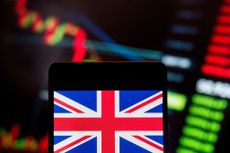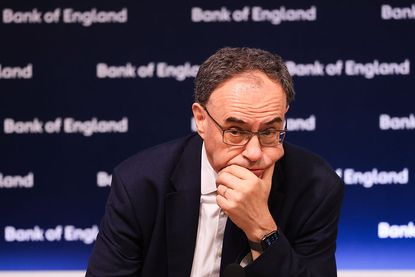UK Economy
The latest news, updates and opinions on UK Economy from the expert team here at MoneyWeek
Explore UK Economy
-

Petrol prices explained: What makes up the price of a litre of petrol?
Briefings The cost of filling the average car with fuel is falling. Here’s what makes up the price of a litre of petrol.
By Daniel Hilton Last updated
Briefings -

How to profit from the markets’ pessimism about Britain
Opinion There was little in the Budget to prop up Britain's stock market, but opportunities are hiding in plain sight. Investors should take advantage while they can
By Cris Sholto Heaton Published
Opinion -

London claims victory in the Brexit wars
Opinion JPMorgan Chase's decision to build a new headquarters in London is a huge vote of confidence and a sign that the City will remain Europe's key financial hub
By Matthew Lynn Published
Opinion -

Rachel Reeves's Autumn Budget: What it means for the UK
Opinion A directionless and floundering government has ducked the hard choices at the Autumn Budget, says Simon Wilson
By Simon Wilson Published
Opinion -

The reinvention of the high street – and how to invest
The high street brands that can make shopping and leisure an enjoyable experience will thrive, says Maryam Cockar
By Maryam Cockar Published
-

How the Budget will hurt you: MoneyWeek Talks
Podcast An Autumn budget podcast special episode, featuring MoneyWeek editors Kalpana Fitzpatrick, Andrew van Sickle and Cris Heaton.
By Kalpana Fitzpatrick Published
Podcast -

Workspace: Profit from a return to the office
Workspace is an unloved play on the real estate investment trust sector as demand for flexible office space rises
By Rupert Hargreaves Published
-

Investment trust troubles: back to the 1970s for investors?
Opinion Those fearing for the future of investment trusts should remember what happened 50 years ago, says Max King
By Max King Published
Opinion -

Why UK stocks are set to boom
Opinion Despite Labour, there is scope for UK stocks to make more gains in the years ahead, says Max King
By Max King Published
Opinion
